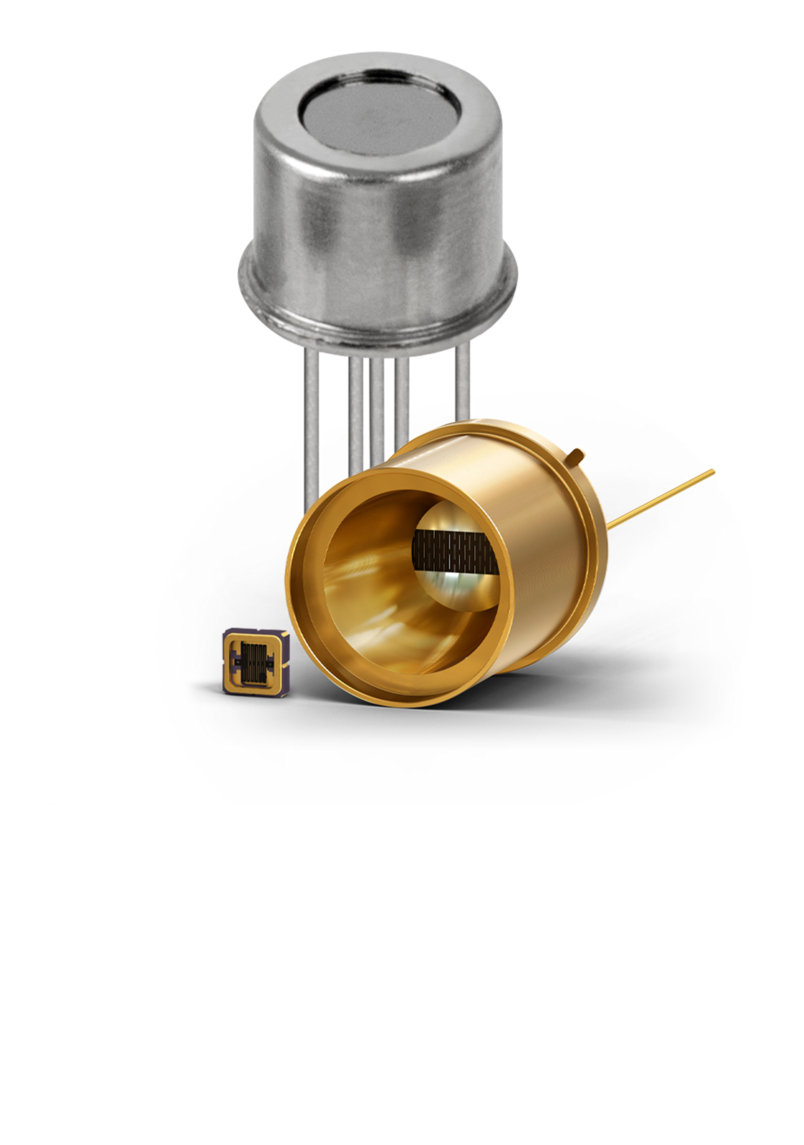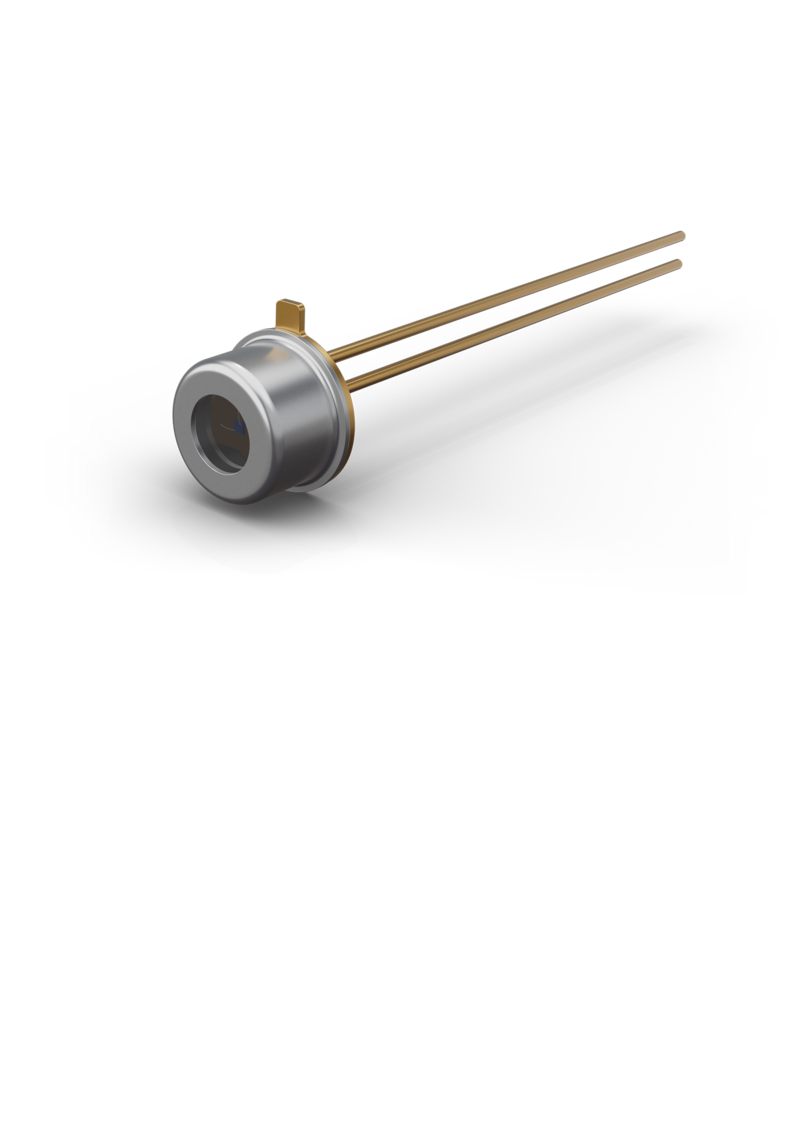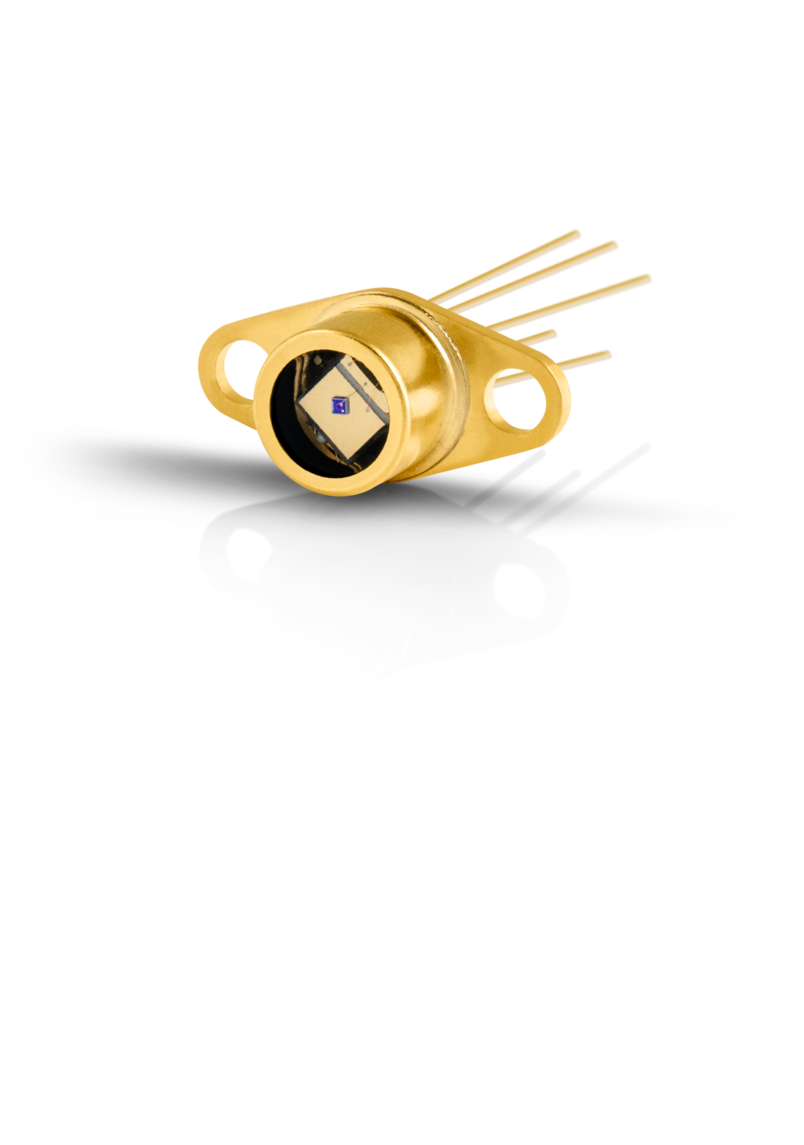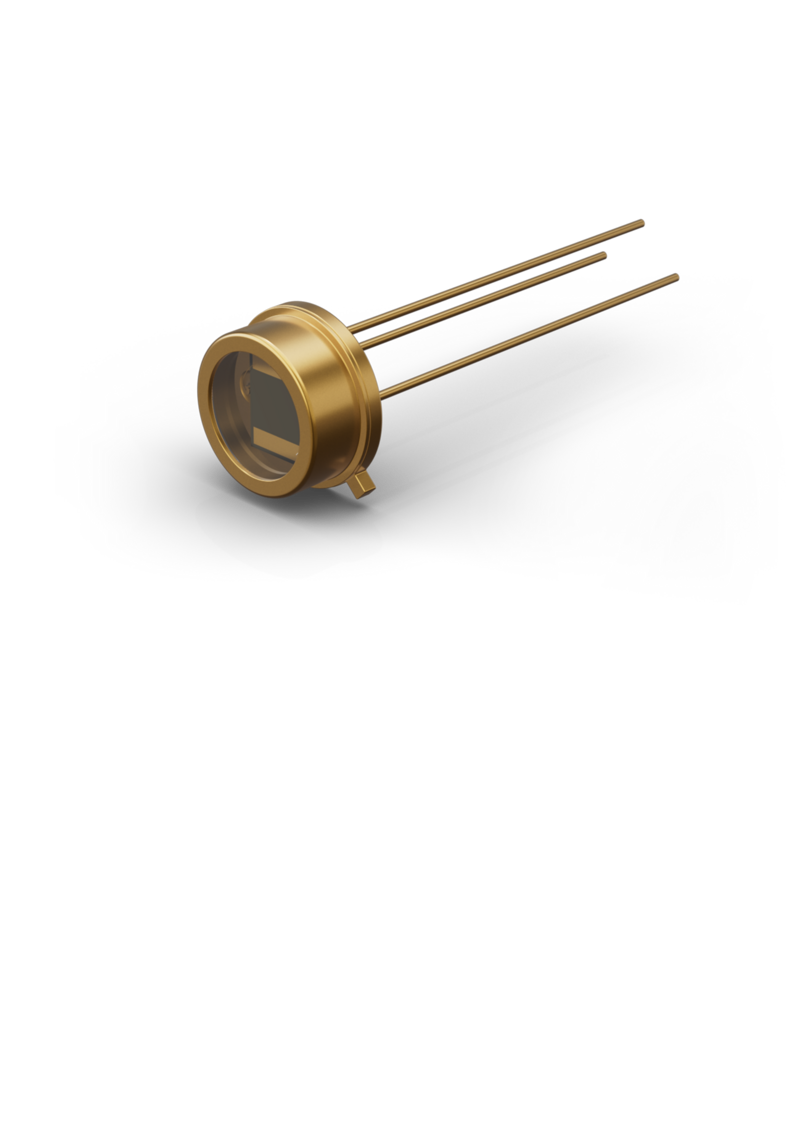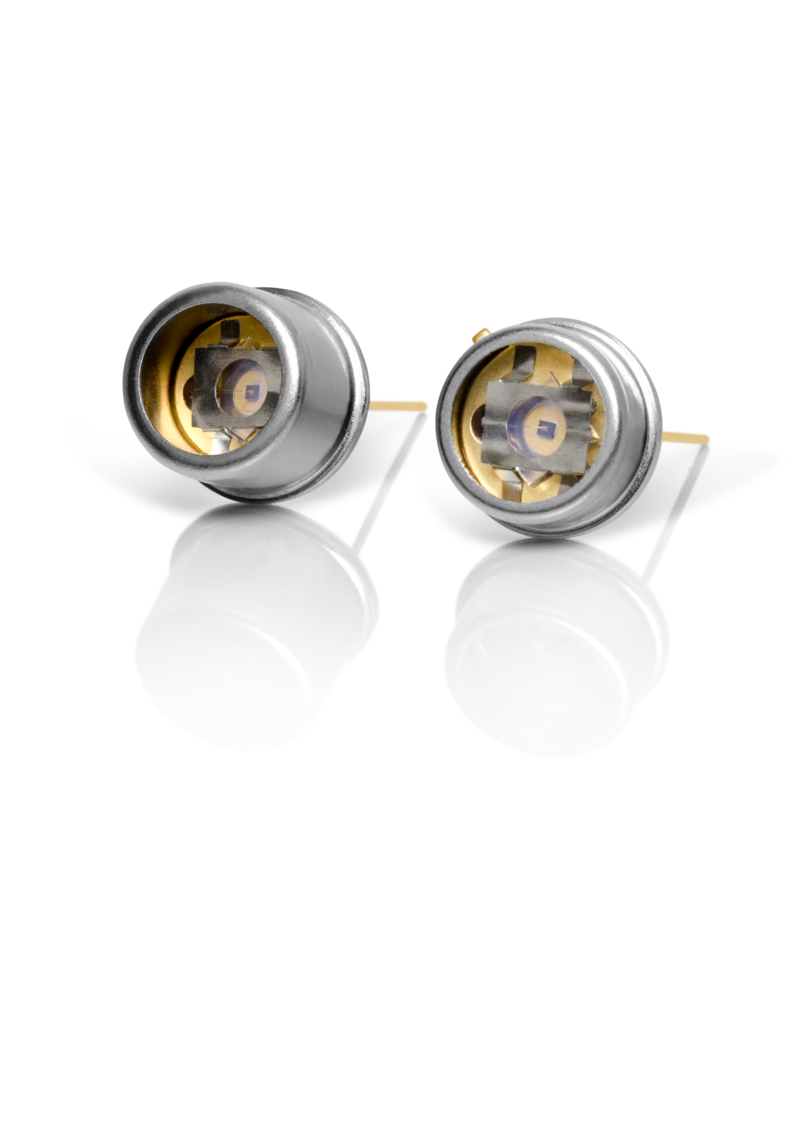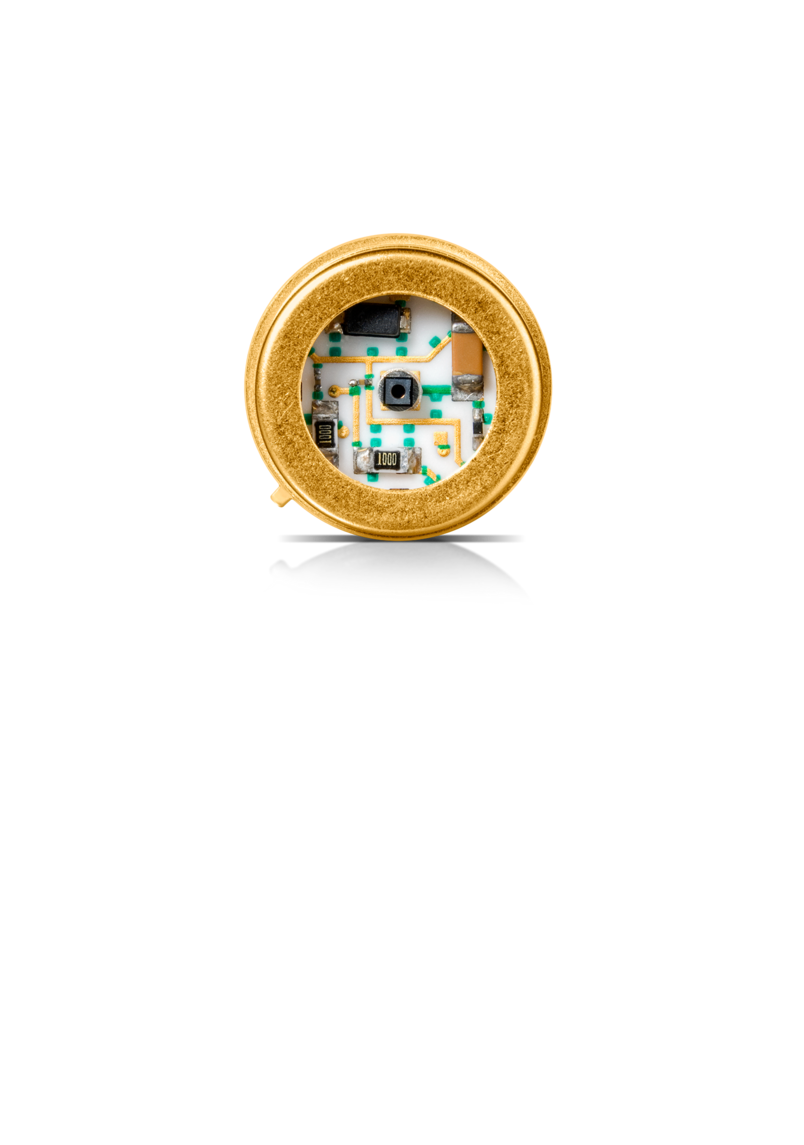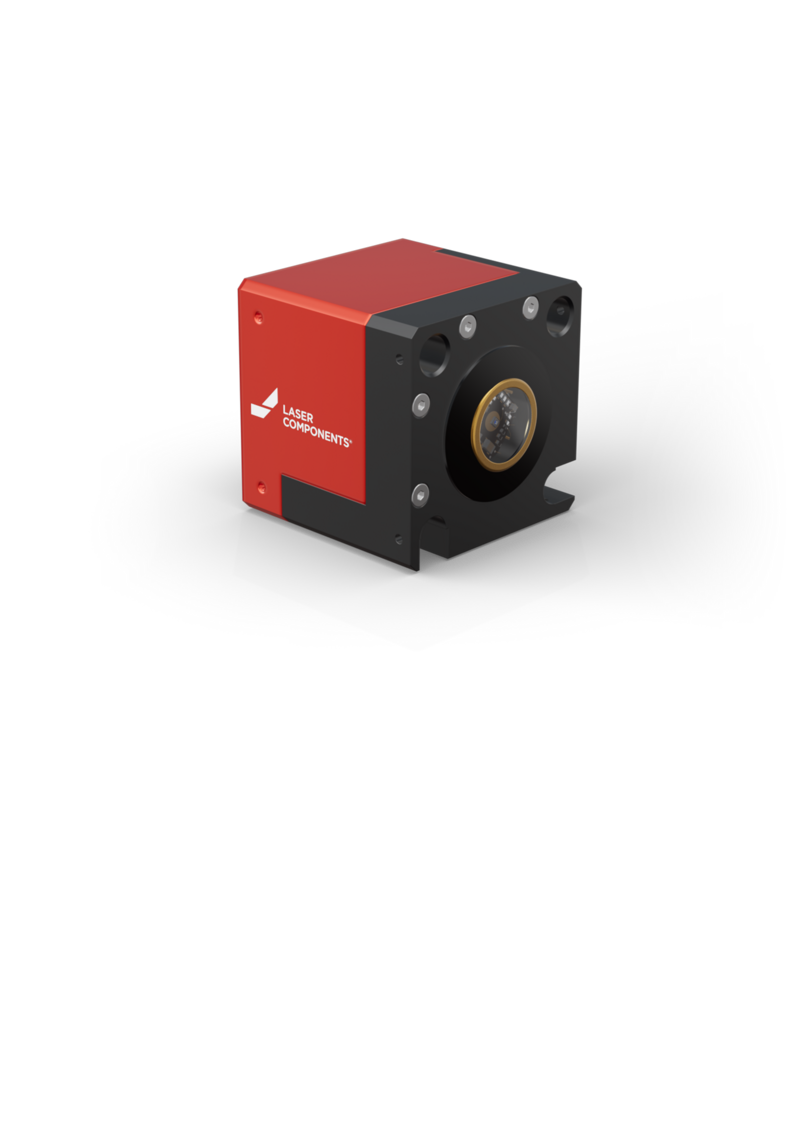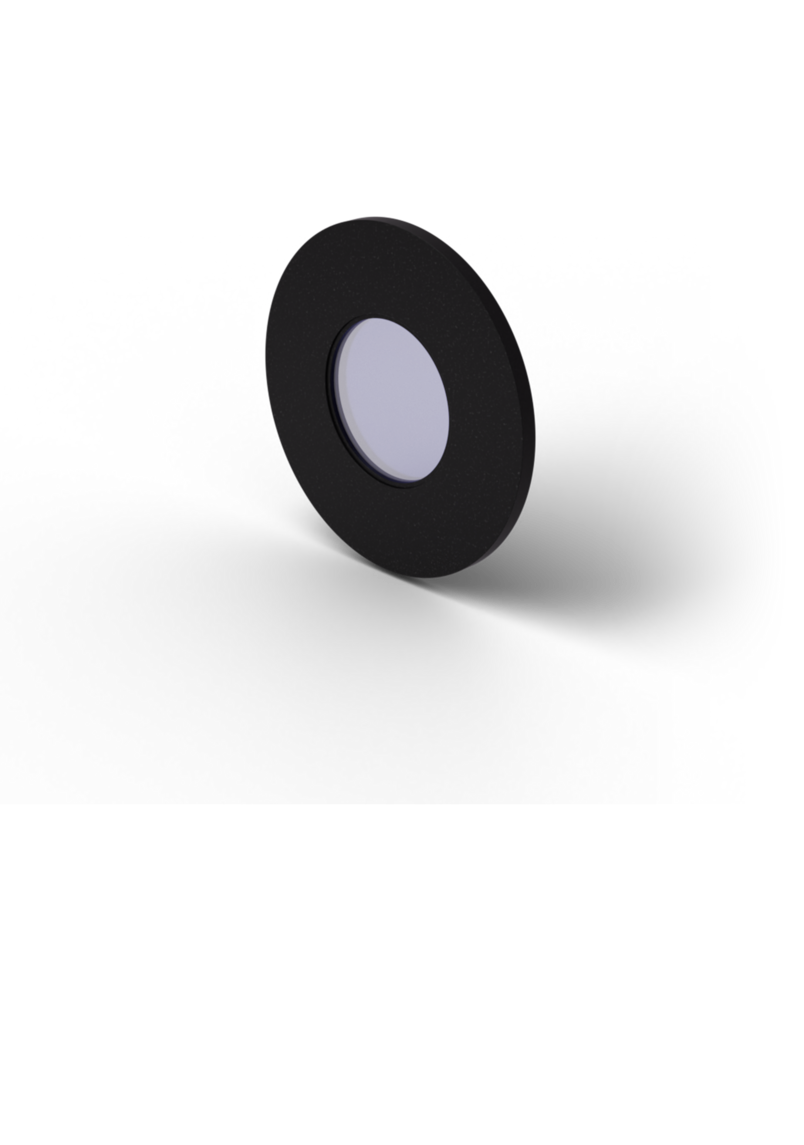Photodetectors and Laser Diodes in Aerospace and Defense
Photonics in Aerospace and Defense
Advanced Photodetectors and Laser Diodes
Enhancing Military Capabilities
Author: Arshey Patadia, LASER COMPONENTS Detector Group
Published: AIR&COSMOS Magazine 05/2025
Modern aerospace and defense systems rely heavily on photonics, which is the science and technology that generates, controls, and detects photons. This plays an important role in keeping armed forces safe and secure. LASER COMPONENTS has manufactured a photonics toolbox of optical components, advanced photodetectors, and laser diodes enabling engineers to design solutions when security is paramount. Many of these systems have pushed beyond the visible wavelengths and use components in the infrared spectrum.
Avalanche Photodiodes for Advanced Low-Light Detection
Designed and manufactured in-house

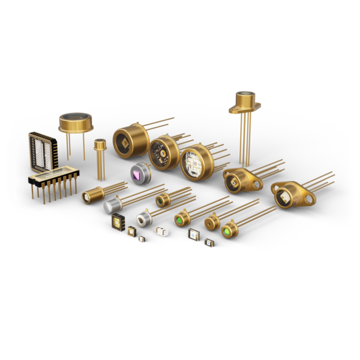
For many military operations, light can often be a scarce resource. By using avalanche photodiodes (APDs), low-light and long-distance operations become possible due to the high sensitivity of such components through internal amplification. Through an electron avalanche mechanism that occurs upon photon absorption, amplification of the electrical signal enhances detection of weak signals. This is crucial for night vision, laser range finding, remote sensing, and free-space communications. The most significant wavelengths are 905 nm and 1550 nm.
In the visible to near-infrared (NIR) range, silicon (Si) APDs, such as the LASER COMPONENTS SAE Series, offer excellent detection for 400 nm -1100 nm. These Si APDs make for an ideal detector for laser-guided munitions due to their high quantum efficiency (QE). By converting a high ratio of incoming photons into an electrical signal, challenges like real-time target acquisition significantly improve in accuracy, even in harsh conditions. This fast response is crucial for systems like missile guidance. For underwater applications, the SUR Series APD offers unparalleled ultraviolet (UV) response in the 200nm - 400nm spectrum. Si APDs can maintain higher gain levels while maintaining good signal-to-noise ratio (SNR), notable in the SAR and SAP Series from LASER COMPONENTS.
Si APDs have lower noise amplification than Indium Gallium Arsenide (InGaAs), but InGaAs detectors have a much lower temperature sensitivity. Rangefinders are often equipped with InGaAs APDs due to their sensitivity at higher wavelengths and longer distances. When less ambient light is available, options like the high-gain (>M60), low-noise IAG Series make the difference with deeper sensitivity into the NIR region, from 900 nm to 1700 nm. Higher wavelengths also increase eye safety while being minimally affected by atmospheric scattering. The IAG Series is ideal for high dynamic range applications such as light detection and ranging (LiDAR) and 3D scanners.
PIN Photodiodes Offer Reliability and Precision
Used for laser targeting systems

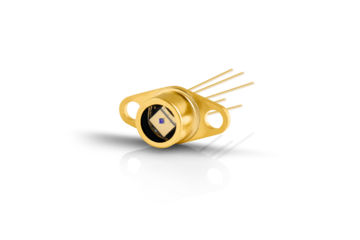
When noise, linearity, and bandwidth are most important, PIN photodiodes are the right choice. The p-i-n structure, made up of a p-type, intrinsic layer, and n-type region, produces a linear response without internal amplification. With strong linearity, coupled with a spectral range from UV to infrared (IR), these sensitive PIN photodiodes, like the 1.7 µm cutoff IG17X, 2.1 µm cutoff IG22X, and high shunt 2.6 µm cutoff IG26H, are a crucial piece of many military range-finding and spark detection systems.
Laser targeting systems rely on fast response times and high sensitivity for target acquisition. Similarly, precision-guided munitions (PGMs) require components that can handle environmental stresses, where reflected laser signals are used to detect a target. PIN photodiodes make high-speed proximity detection possible to trigger defense systems in real-time.
Quadrant Detectors Enable Enhanced Accuracy in Targeting
active area split into four sections
Quadrant detectors are made up of an active area split into four sections. By capturing the differential signals from each section, even tiny changes in laser positions can be detected in the rapidly changing environments.
The key applications that make use of quadrant detectors are laser guidance for munitions and laser-based communication systems. The munitions can accurately adjust their trajectory by tracking the laser-designated target. To help minimize collateral damage, high precision is required with rapid response times and excellent spatial resolution for real-time changes in dynamic scenarios.
Optimized Detection at 1064 nm With YAG Detectors
Great Quantum Efficiany

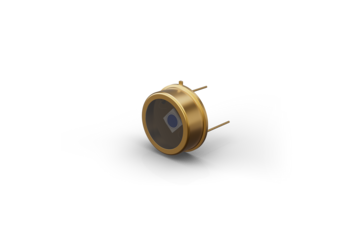
The main benefit of silicon photodiode YAG detectors, like the SAT Series, is their sensitivity to 1064 nm, the emission wavelength for many military applications using Nd:YAG lasers. The QE with low noise makes them great in low-light environments where range finding and target markers need high sensitivity.
Leveraging 1064 nm, detectors can be very effective in environments with reflective surfaces such as vegetation and snow. This enhances their accuracy for targeting systems on aircraft and handheld devices. The detectors are compact and durable, making them a reliable choice for operations in harsh conditions.
Pulsed Laser Diodes for Precision in Short Pulses
to capture precise Distance Measurements

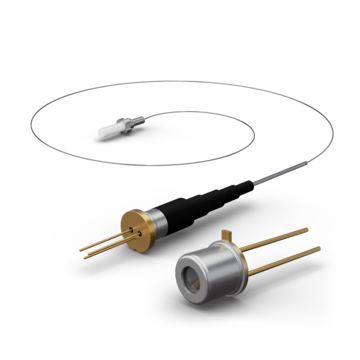
To capture precise distance measurements, pulsed laser diodes (PLDs) emit high intensity at high speed. Range finding is a common application that benefits from these short pulses. Their compact size, high efficiency, and high-output power make them a great choice for handheld and mobile devices while offering a cost-effective solution. The design and performance of a PLD make for an ideal source with target illumination as well as optical communication when secure connection is vital. By utilizing an extremely short pulse of light at high power, smaller and fast-moving objects can be more precisely detected.
Common defense wavelengths for PLDs include 905 nm and 1550 nm. A 905 nm laser diode, like the high-power 905Dxx series, paired well with SAE and SAHA, Si APDs, and SIN PIN photodiodes, is an ideal choice for short-range LiDAR and a balanced approach with affordability in mind when high-volume production is needed. The High Intensity – PLDs with Fast Axis Collimators (HI-FAC-Series) at 1550 nm paired well with IAG InGaAs APDs and offered eye-safe long-distance range finding over 25 km.
Custom Optics and Optical Filters
Optics designed to your needs

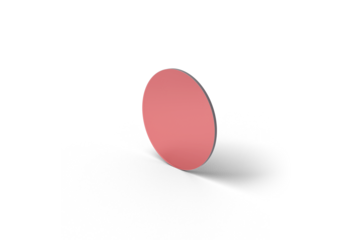
Custom optics are important for many military applications because they allow for very specific transmission and filtration while only allowing desired wavelengths to reach the detector. By using these optics, an optical system can block out noise that would otherwise reduce the effectiveness of the detected signal, or it can enhance various aspects such as improving the sensitivity, spatial resolution, and overall detector performance for improved accuracy.
SWaP Constraints and Component Design
stringent size, weight, power, and cost
For most applications, including defense and aerospace applications, there are stringent size, weight, power, and cost (SWaP-C) requirements. Diverse military platforms benefit from low-cost photonic components like the UA Series of 905 nm and 1550 nm PLDs, along with IAL Series APDs that combine compactness and light weight with energy efficiency to support various devices ranging from handheld devices to drones and aircraft.
The implementation of integrated photonic circuits together with advanced packaging methods and efficient thermal management solutions effectively meets the requirements for SWaP-C in mobile and tactical deployments. These advancements enable advanced photonics deployment on different military platforms, which boosts operational effectiveness without sacrificing system reliability.
Innovations and Future Prospects
Beyond Borders


Advancements in photodetector sensitivity, as well as record-breaking peak power output for laser diodes, are pushing technology beyond the borders of what is currently possible. Innovations like APDs with ultra-low noise and enhanced gain stability, integrated electronics for PIN photodiodes, single photon detectors, and focal plane arrays, along with the high-power efficiency of 1550 nm PLDs, are just a few examples of how photonics continues to evolve into the future of aerospace and defense.
Product Overview
Ask for Customization

Click here
LASER COMPONENTS Germany - Your competent partner for optical and optoelectronic components in Germany.
Welcome to LASER COMPONENTS Germany GmbH, your expert for photonics components. Each product in our wide range of detectors, laser diodes, laser modules, optics, fiber optics, and more is worth every Euro (€/EUR). Our customized solutions cover all conceivable areas of application: from sensor technology to medical technology. You can reach us here:
Werner-von-Siemens-Str. 15
82140 Olching
Deutschland
Phone: +49 8142 2864-0
Email: info(at)



